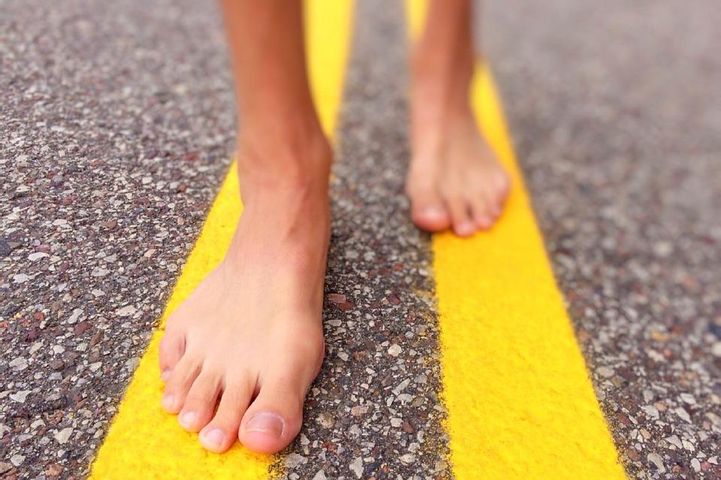What is a Bunion? Rochester’s Foot Care Experts Explain

Bunions are common among foot problems, but many people aren’t familiar with them, or have mistaken ideas about what they are and how they are treated. A bunion looks like a bump on the side of your big toe. It indicates there is a misalignment in the bone structure of your foot, as the big toe leans toward the second toe instead of pointing straight. The foot care specialists at Westside Podiatry Group in Rochester, NY, explain the causes, symptoms, and treatment of bunions:
 Causes: The exact cause is unclear. While some foot care specialists believe wearing tight shoes can produce a bunion, it likely is a hereditary issue. Bunion sufferers may have inherited a foot structure that is misaligned and prone to deformity, and it is exacerbated by tight footwear. If a bunion forms, it is a progressive issue, meaning it is likely to get worse over time if it isn’t treated.
Causes: The exact cause is unclear. While some foot care specialists believe wearing tight shoes can produce a bunion, it likely is a hereditary issue. Bunion sufferers may have inherited a foot structure that is misaligned and prone to deformity, and it is exacerbated by tight footwear. If a bunion forms, it is a progressive issue, meaning it is likely to get worse over time if it isn’t treated.
- Symptoms: A bunion is very noticeable because of its protruding shape on the side of the toe. However, some people who have this foot type may never experience other symptoms. Those who do may have foot pain, a burning sensation, swelling, or redness. Bunion sufferers may also experience numbness in the foot. A bunion can be accompanied by other foot problems, such as sores between the toes, or an ingrown toenail.
- Treatment: A podiatrist will formally diagnose a bunion through X-rays, then suggest a treatment plan. For less serious cases, treatment may be a matter of monitoring the bunion to make sure the condition isn’t progressing too much. Comfortable, wide footwear is recommended for anyone with a bunion, along with padding. Ibuprofen and icing will help provide relief from foot pain. For more severe cases, when the bunion disrupts day-to-day activities, a podiatrist may recommend surgery to remove the bump and correct the alignment of the bone.
For more information on bunions and other foot care issues, contact the Westside Podiatry Group by calling 585-225-2290 or visiting their website.
About the Business
BUSINESS
Podiatry
Westside Podiatry Group
2236 W Ridge Road, Rochester, NY 14626
Have a question? Ask the experts!
Send your question

